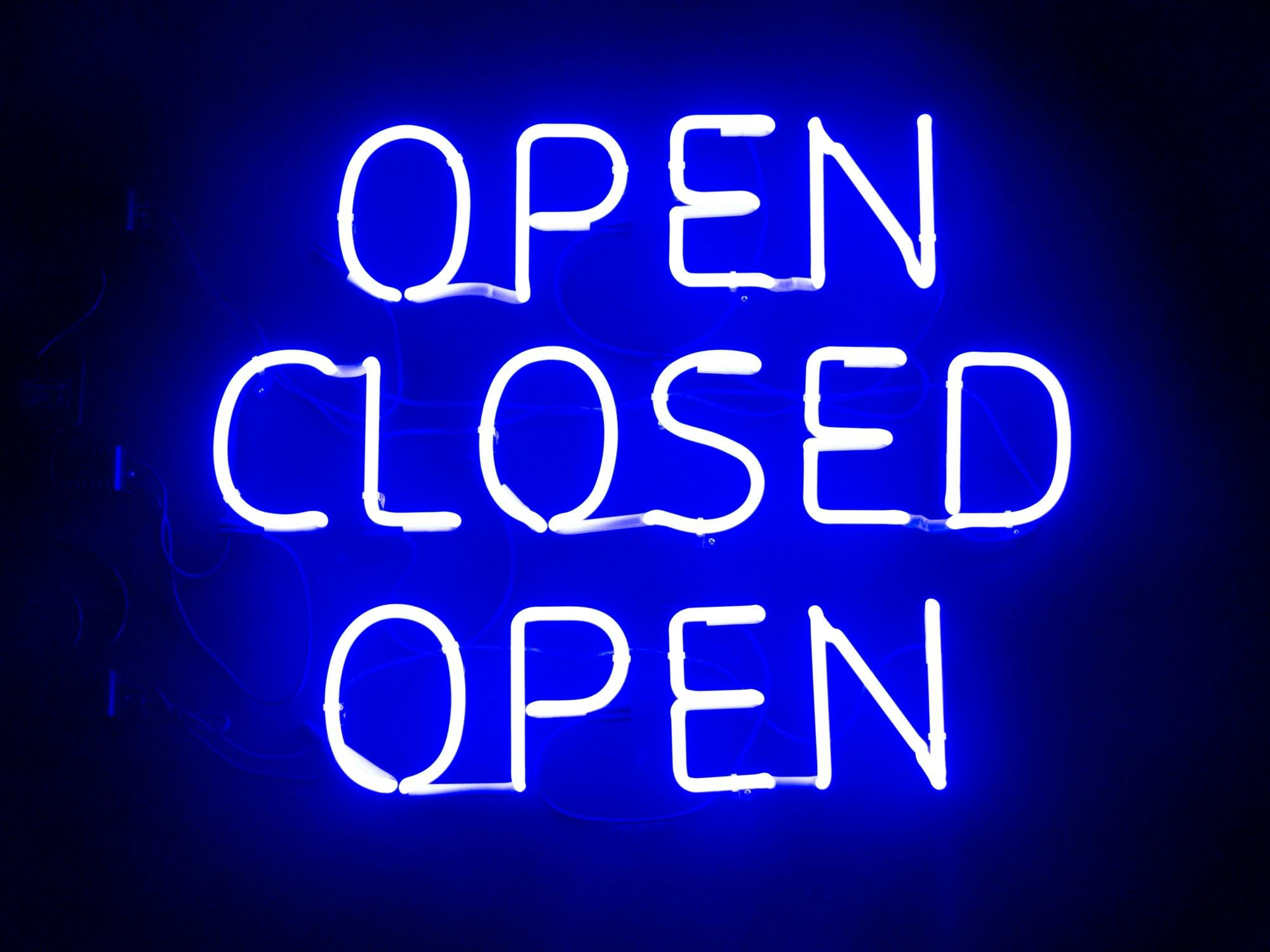Kids are still home but many are now learning remotely. You have hopefully found a space to work in your house. Your partner or roommates aren’t driving you crazy, or the deafening silence feels a little less encompassing.
Now that things have kind of normalized — and I may be stretching the definition of normal a bit — people are asking when this will end. Shots of empty freeways and popular gathering places are only novel for so long.
Well, I don’t have a date for when things will reopen but The New York Times worked with experts to identify four benchmarks that can help guide states and local make the call:
- Hospitals in the state must be able to safely treat all patients requiring hospitalization, without resorting to crisis standards of care
- A state needs to be able to at least test everyone who has symptoms
- The state is able to conduct monitoring of confirmed cases and contacts
- There must be a sustained reduction in cases for at least 14 days
These seem pretty reasonable but we also have to acknowledge that it is likely that not every area of the country is going to follow this guidance. That’s where your role as an HR or workplace leader comes into play.
Many employers will have to make their own call about when they reopen the office to employees and how. The time to plan for this is now, even if that event is still weeks (or months) away.
The pressure on governments to reopen when adjacent states decide to do so will be enormous. If your organization decides to simply follow that direction, you should be intentional about if there are any exceptions to that and what a full or phased reopening may look like.
Quick Hits
- Which states have felt the effect of unemployment more? Louisiana, New Hampshire, Virginia, Georgia, and Mississippi have seen the greatest increases in unemployment claims year over year. [WalletHub]
- The U.S. is behind comparable countries when it comes to the number of people still not working from home. [AtlasVPN]
- That said, 50% of people in the U.S. say they are self-quarantining and 92% are worried about the impact on the economy. [SurveyMonkey]
- Productivity has dipped in the U.S. by approximately 7% while our friends north of the border have actually increased productivity. [Aternity]
- Companies like Eightfold.ai [Yahoo Finance] and Drafted [Bostinno] have been working on platforms to connect employers still hiring to laid-off and furloughed workers.
- 56% of professional service firms did not have a plan for something like COVID-19, say employees. [Hinge]
- In the public sector, only 21% of people felt very prepared for the shift to remote work and 68% have paused some or all hiring. [NEOGOV]
- 62% of CEOs haven’t even sent a company-wide e-mail yet. Who the hell is communicating with employees? [Unit4]
- Willis Towers Watson did a break down on COVID-19’s impact on incentive plans, including delaying or applying discretion for sales targets and other goals. [WTW]
- 32% of employees are more likely to drink during work hours at home versus when they are at work. It’s going to be a rough few months for those battling addiction. [AAC]
- Paylocity announced that it acquired video learning platform VidGrid. Good timing. [PRNewswire]
- Degreed put together a kids activity book for quarantined littles. My kiddo had fun with this one. [Degreed]
Ethical Layoffs
With another 6.6 million people filing for unemployment benefits this week, the jobless rate has reached double digits for the first time since the Great Recession. While various stimulus bills will help curb some of the pain, many organizations will continue to do layoffs. While past weekly wraps have focused on the negative, I wanted to share a resource this week that could help humanize the process of laying off people a little more.
Portland-based FUTURE WORK DESIGN has created a downloadable guide on how to center on dignity and humanity during times of crisis. The introduction sets the tone for the guide:
All organizations will face a time when they must make tough decisions that impact the jobs of their employees. It’s quite possible that how you got here involves circumstances that are beyond your control. But what you can control is how this process unfolds. You can handle this in a way that cares for the people that have worked hard towards your organization’s mission. You can do what’s right for the business while still honoring your values and being mindful of the greater impacts to society.
This guide was designed to help you evaluate, plan, and communicate layoff decisions with equity, honesty, and compassion.
Even for people who have experience in this role, it’s a useful refresher to focus on the things that truly count. People will remember how you treat them right now, even if they have limited options to do much about it.
The weekly wrap is where TLNT shares the stories that didn’t quite make it into a full post this week. We’ll also share links to some of our favorite things we read this week about HR, people development, the future of work, and more.
